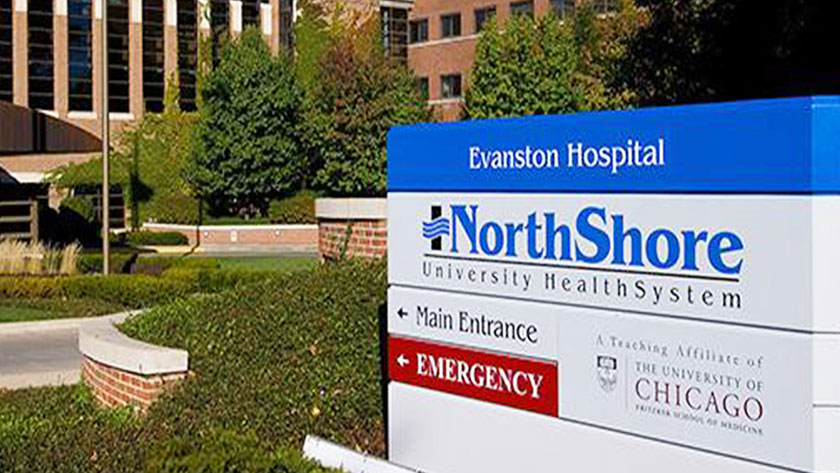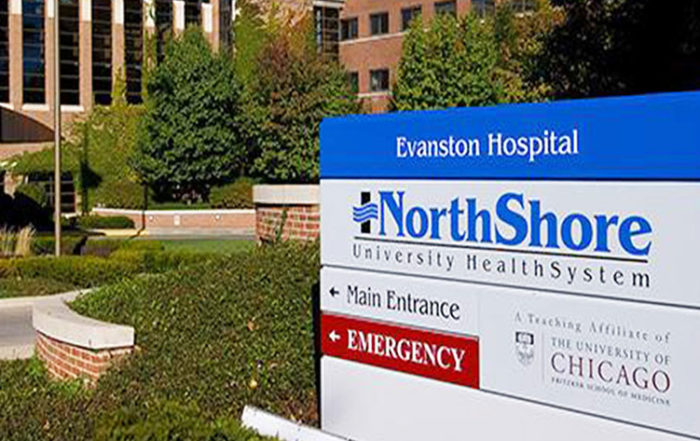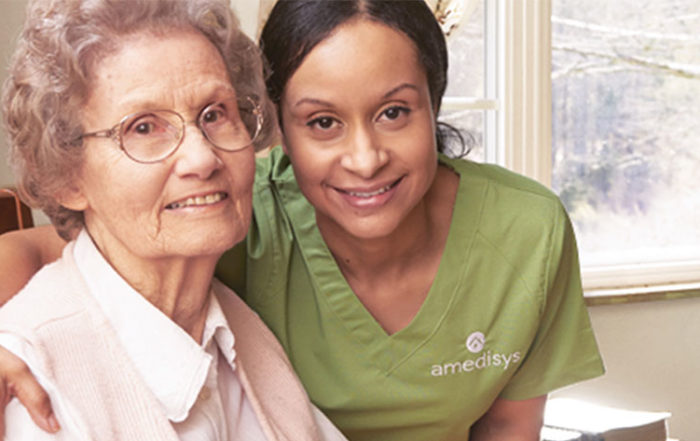NorthShore University HealthSystem takes a collaborative approach to skin care

All healthcare facilities, no matter where they fall in the continuum of care, face unique challenges. Still, every care site can benefit from taking a systems approach to skin health. In this series of articles, we’ll take a look at how different healthcare systems are making skin health a priority.
NorthShore University HealthSystem in Evanston, Illinois, takes a highly collaborative and transparent approach to skin care.
Internally, skin care starts with leadership and extends to physicians, nutritionists, physical therapists who are certified in wound care, wound ostomy nurses, bedside staff and patient care technicians (PCTs). Externally, NorthShore partners with local skilled nursing facilities (SNFs), home care agencies and patients and their families to provide optimal skin care for the long term.
NorthShore’s primary focus is to reduce hospital-acquired conditions and prevent pressure injuries, says Erin K. Mullaghy, RN, MS, CPHQ, manager, Quality and Care Transformation. To achieve this, their approach to skin care is both holistic and innovative.
Beyond conducting regular patient skin assessments and holding bedside huddles, the system also incorporates these innovations in its approach:
- Treatment teams composed of nurses, PCTs and skin champions who consult with WOC nurses, PT/wound care specialists and physicians.
- A multidisciplinary Corporate Skin Care Committee that is nurse-driven. It includes nursing administration, nurses, skin champions, WOC nurses, physical therapist/wound care specialists, materials managers, home health staff, nutritionists, information technology and, most recently, physicians. “We’ve elevated this committee and brought it to the forefront,” Mullaghy says. “The committee is now a shared responsibility. Everyone knows that skin care should be on the
radar — something that all of us address, assess and prevent. Getting support from the very top adds accountability.” - Risk models that provide staff with the skin history of newly admitted patients. The risk model, which is part of its EMR, is modeled after one already in place for preventing cardiac arrests.
- A new patient advisory board that gets feedback on care from patients and their families. Their comments are used to improve how staff communicates with patients about their care.
- Interactive partnerships with skilled nursing facilities and home health facilities. SNFs, for example, provide NorthShore hospitals with onsite in-servicing. Likewise, NorthShore shares with its post-acute partners order sets and plans of care based on best practices.
Read more in our “Systems at Work” series, how different healthcare facilities make skin health a priority.



